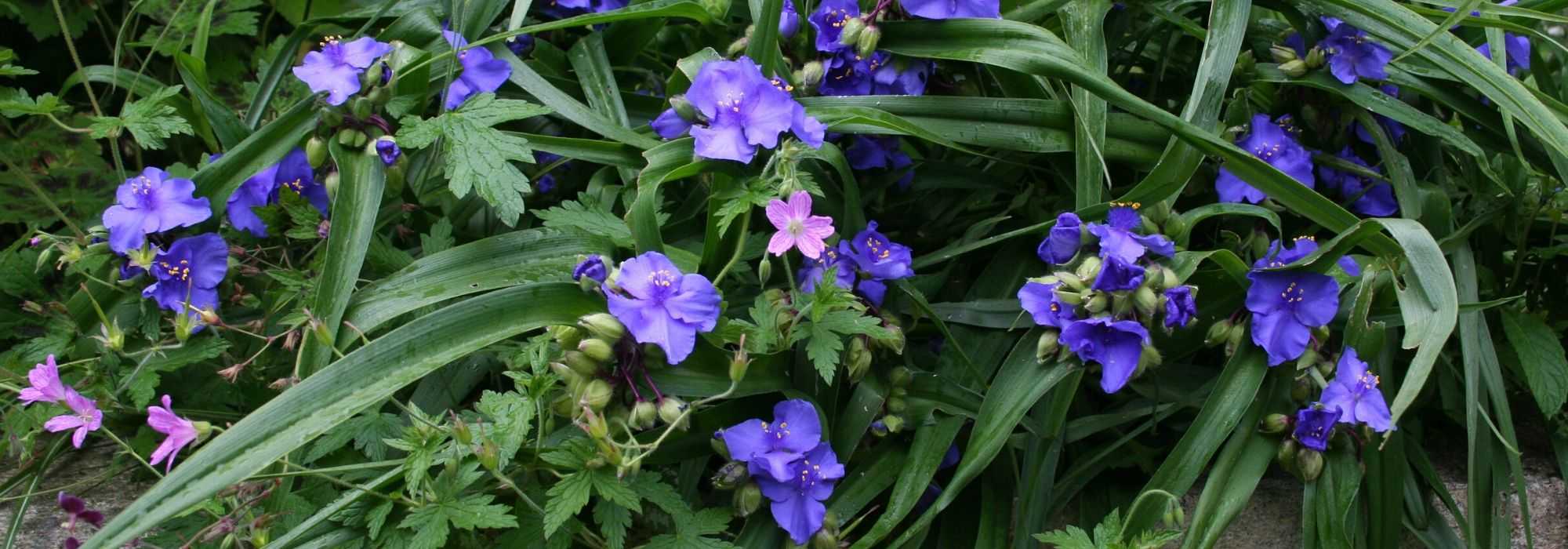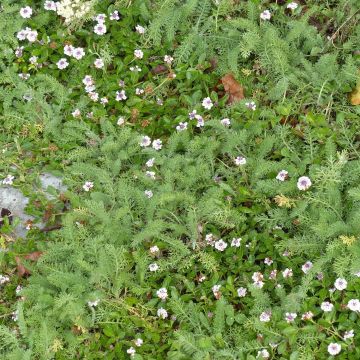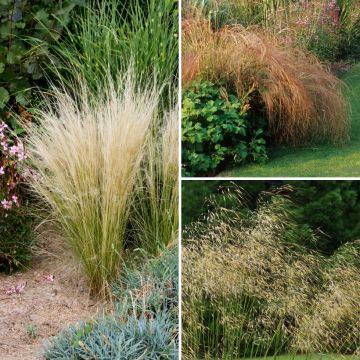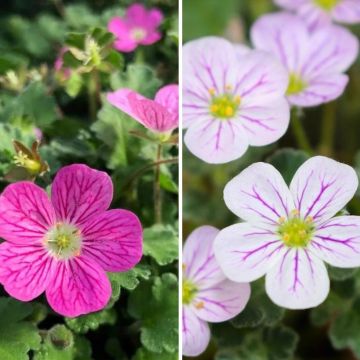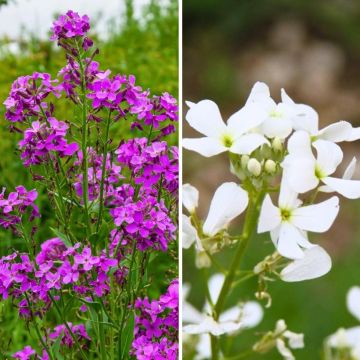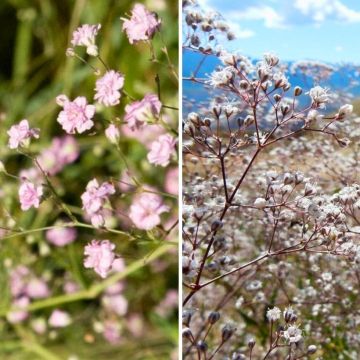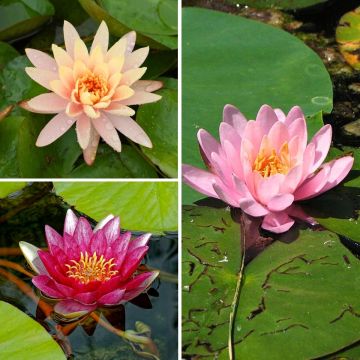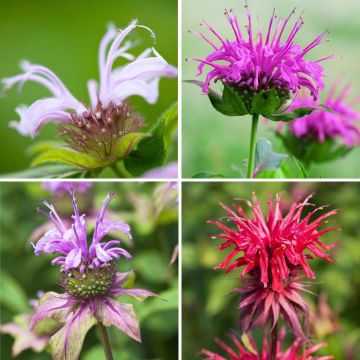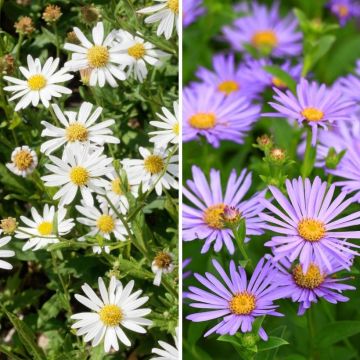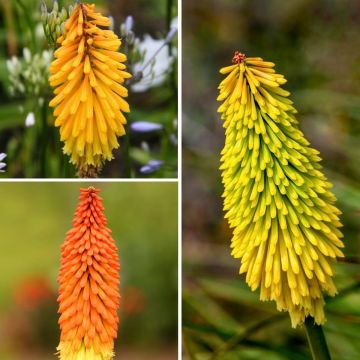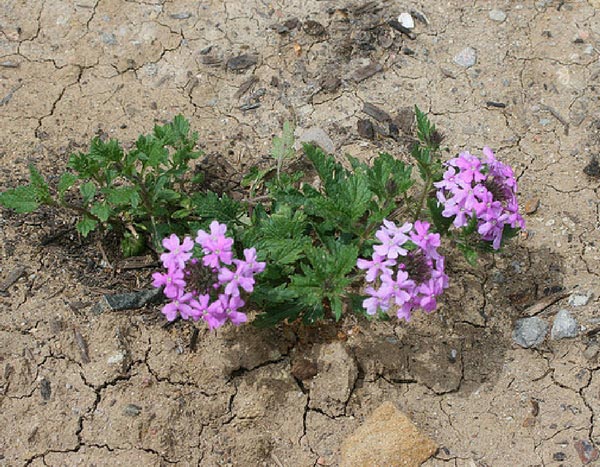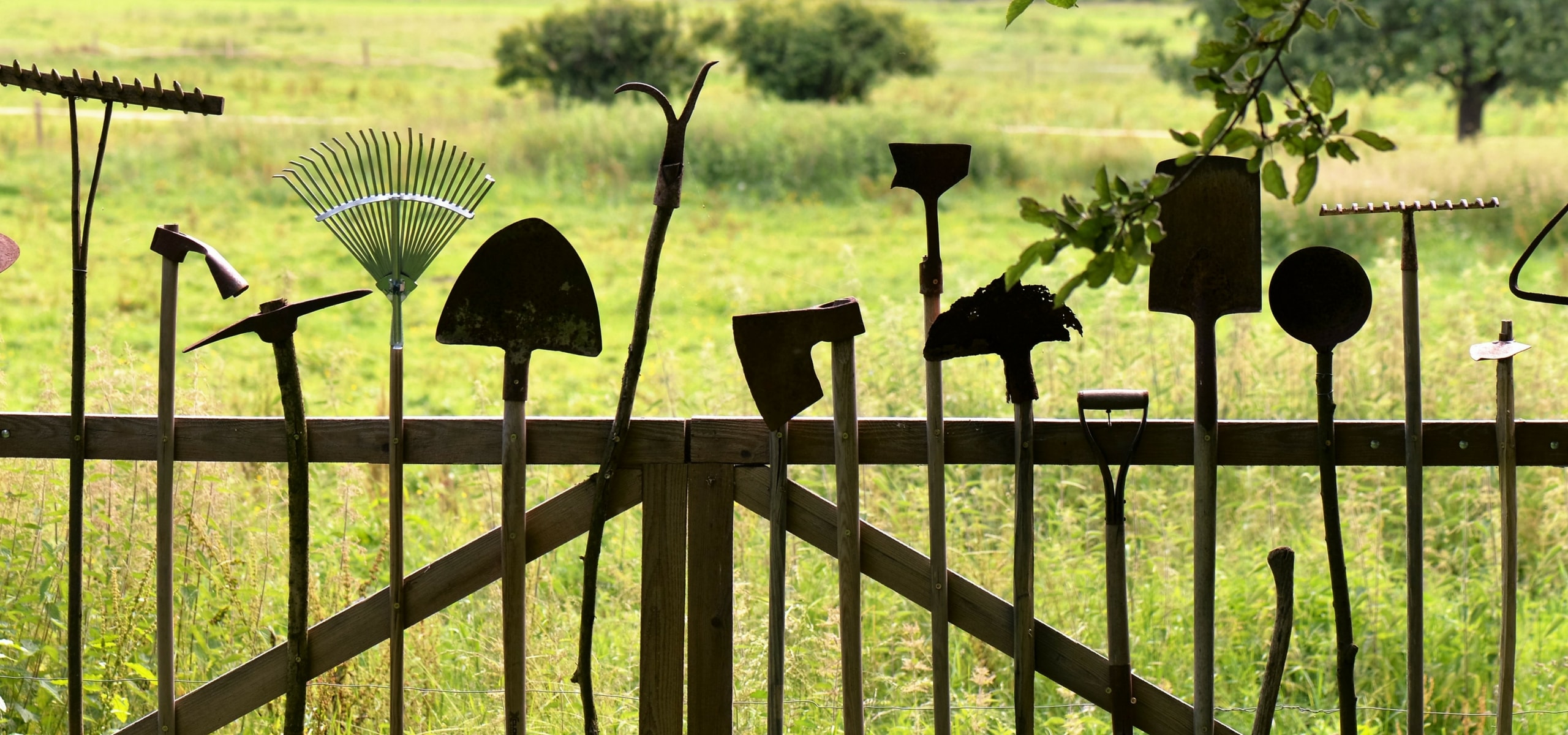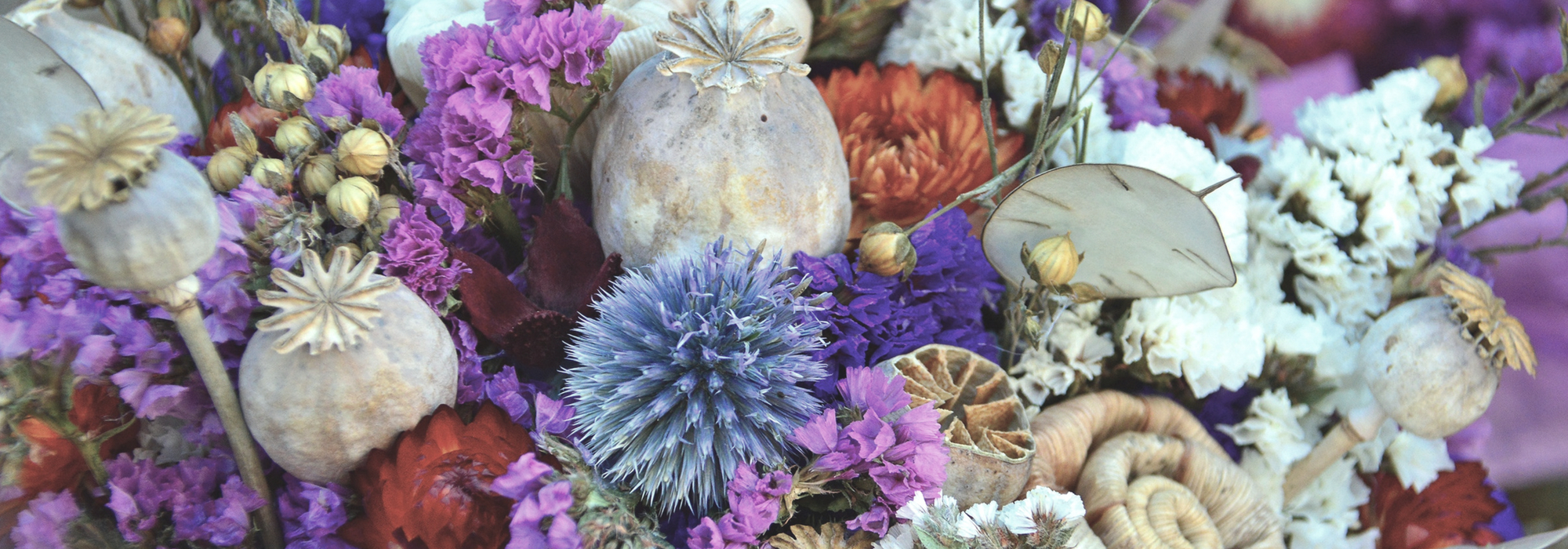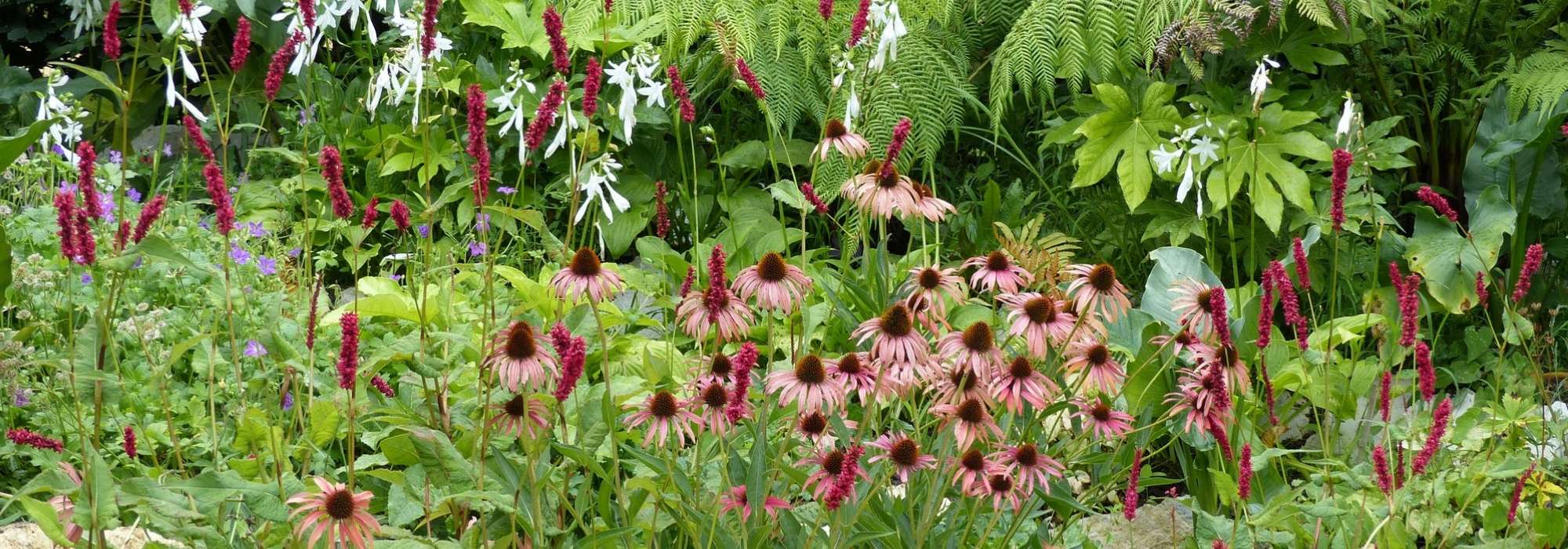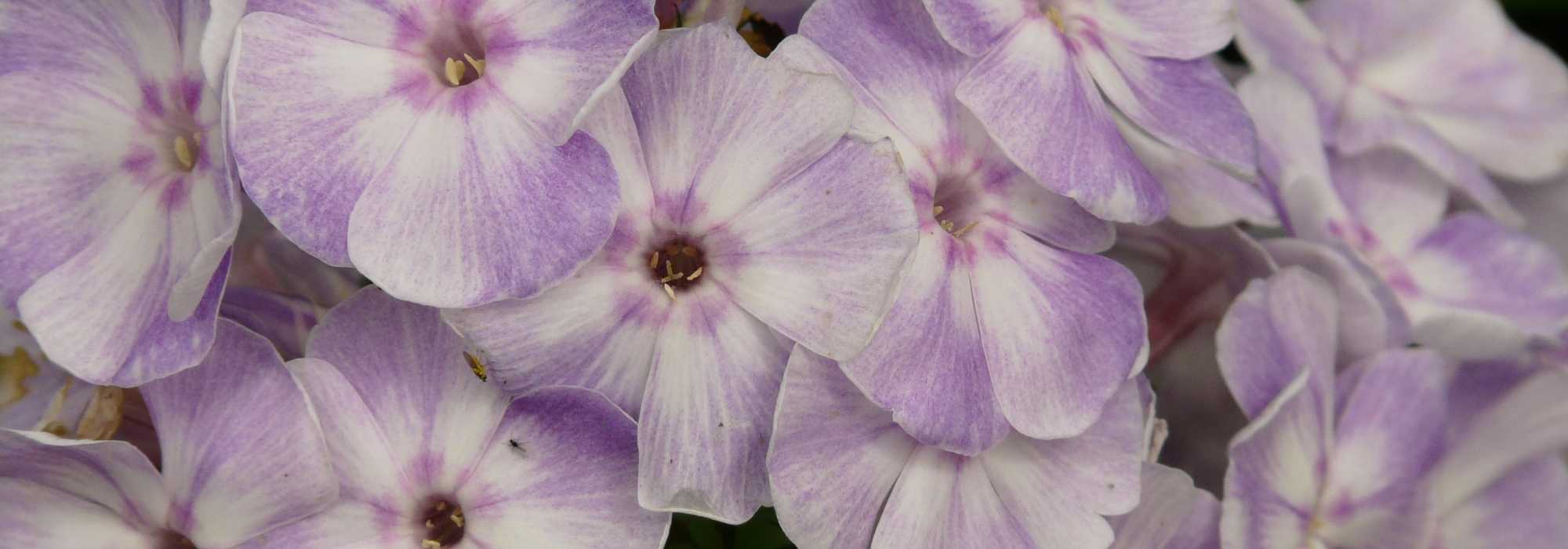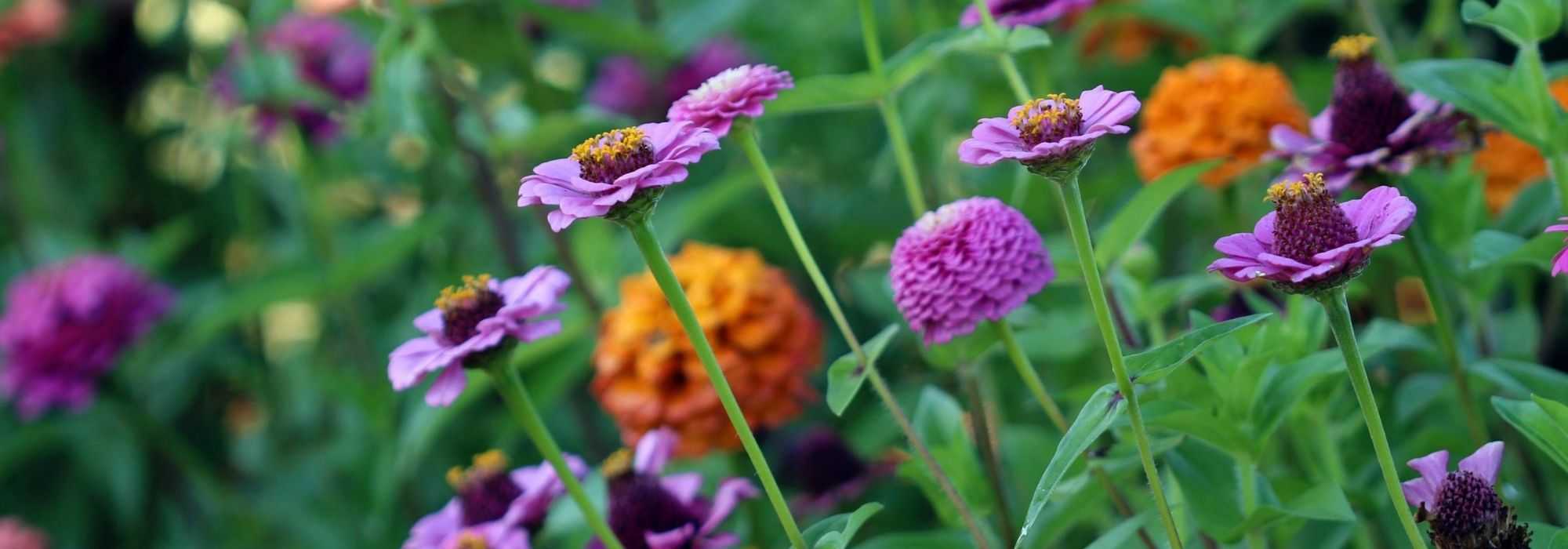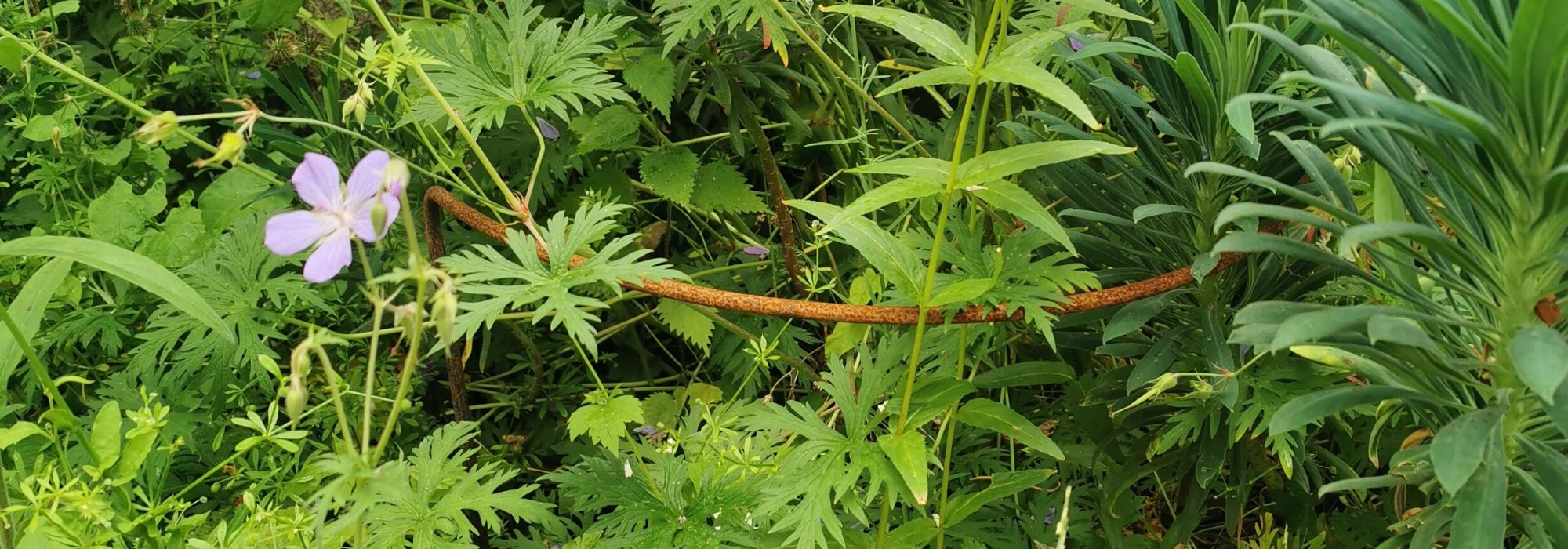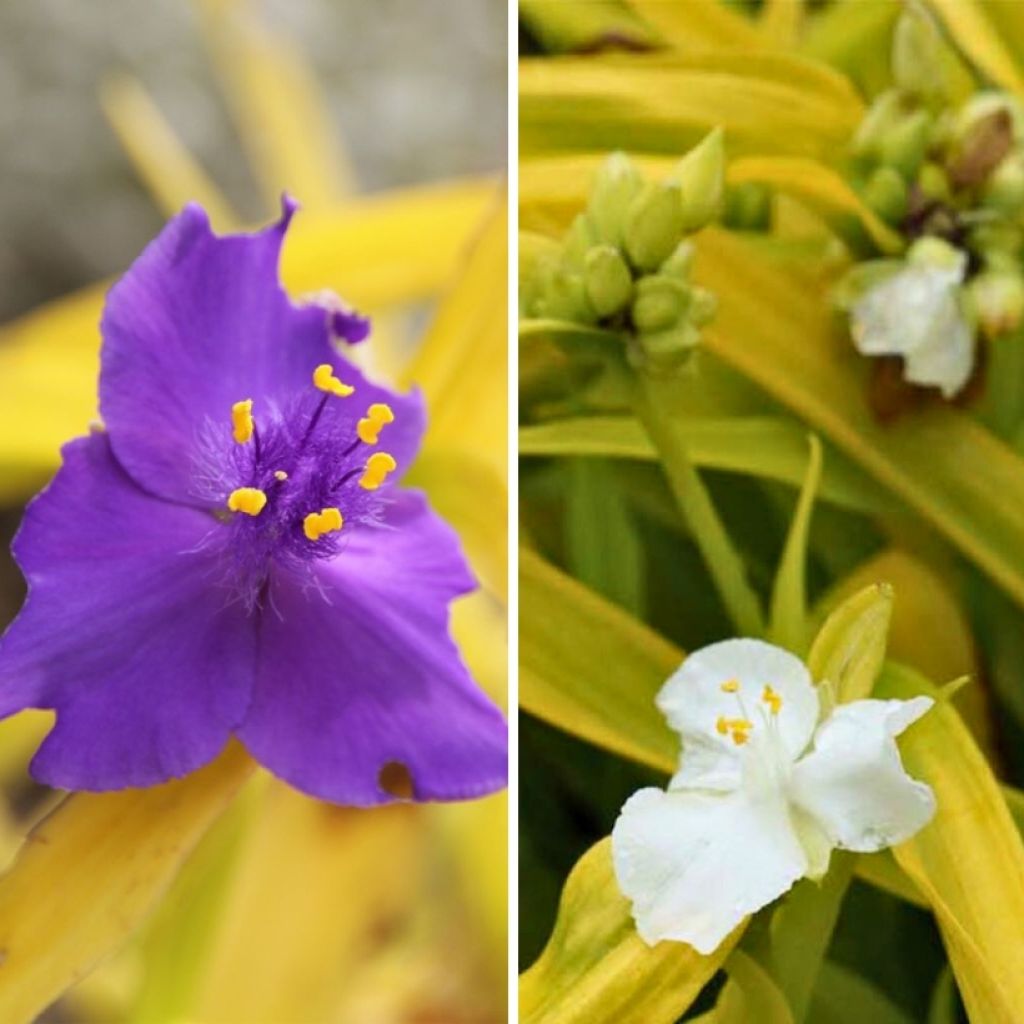

Virginia's Ephemeral Duo with Golden Foliage
Virginia's Ephemeral Duo with Golden Foliage
Tradescantia andersoniana Angelic Charm, Sweet Kate
Virginia Spiderwort
Special offer!
Receive a €20 voucher for any order over €90 (excluding delivery costs, credit notes, and plastic-free options)!
1- Add your favorite plants to your cart.
2- Once you have reached €90, confirm your order (you can even choose the delivery date!).
3- As soon as your order is shipped, you will receive an email containing your voucher code, valid for 3 months (90 days).
Your voucher is unique and can only be used once, for any order with a minimum value of €20, excluding delivery costs.
Can be combined with other current offers, non-divisible and non-refundable.
Home or relay delivery (depending on size and destination)
Schedule delivery date,
and select date in basket
This plant carries a 12 months recovery warranty
More information
We guarantee the quality of our plants for a full growing cycle, and will replace at our expense any plant that fails to recover under normal climatic and planting conditions.
Does this plant fit my garden?
Set up your Plantfit profile →
Collection items (2 plants)
Description
This duo of Virginia ephemerals brings together the varieties 'Angelic Charm' and 'Sweet Kate', also known by their Latin name Tradescantia andersoniana. Both are remarkable for their golden foliage and their intense white and blue flowering, offering a unique visual spectacle. These perennial plants thrive particularly well in moist, well-drained soil, in full sun or partial shade. Their foliage is deciduous in winter, and their stump can withstand frost down to -20°C.
The duo consists of:
1 x Tradescantia andersoniana 'Angelic Charm': this variety is distinguished by its white flowers and golden foliage. It reaches a height of 40 cm and blooms from June to September.
1 x Tradescantia andersoniana 'Sweet Kate': in contrast, this variety displays very bright dark purplish-blue flowers on golden foliage. It is slightly taller, reaching up to 45 cm and blooms at the same time as 'Angelic Charm'.
These Virginia ephemerals can be planted in spring or autumn. Easy to grow and maintain, they thrive in humus-bearing, moist to wet soil. They will fully express their beauty in a partially shaded exposure that will enhance their astonishing colours. In full sun, regular watering is essential. They can be used on the banks of streams or ponds, in flowerbeds or as borders. For a beautiful mass effect, plan about 6 plants per square metre, with a distance of 40 cm between each plant.
Plant these Tradescantias in a cool rockery, at the base of a shaded wall, in woodland or along borders, they will bring life to all small shaded areas. They blend very well with many other perennials, especially with Geranium 'Rozanne' and its long blue flowering, with Hemerocallis 'Stella de Oro' and its golden yellow flowers, with Hosta 'Sum and Substance' and its large green leaves. Lower-growing 'Rozanne' Geraniums should be placed in the foreground. The Daylilies can be mixed with the Virginia ephemerals to create a beautiful mass effect, while the Hostas, with their imposing foliage, should be be positioned in the background.
Flowering
Foliage
Plant habit
Botanical data
Tradescantia
andersoniana
Angelic Charm, Sweet Kate
Commelinaceae
Virginia Spiderwort
Cultivar or hybrid
Other Perennial collections
View all →Planting and care
Plant your Tradescantia andersoniana in humus-bearing, moist to wet, slightly acidic, neutral or slightly alkaline soil. This plant prefers a semi-shaded exposure, especially in more southern regions. In full sun, regular watering will be necessary if it is dry. Deadheading will be necessary to ensure continuous flowering until the frosts. The foliage can be pruned to the ground in November. The young shoots are sensitive to damage caused by snails and caterpillars, so make sure to protect them. When the foliage starts to develop brown spots, it is preferable to renew the planting, as it is gradually degenerating. This plant does not like competition from the roots of suckering or stoloniferous perennials.
Planting period
Intended location
Care
Planting & care advice
This item has not been reviewed yet - be the first to leave a review about it.
Haven't found what you were looking for?
Hardiness is the lowest winter temperature a plant can endure without suffering serious damage or even dying. However, hardiness is affected by location (a sheltered area, such as a patio), protection (winter cover) and soil type (hardiness is improved by well-drained soil).

Photo Sharing Terms & Conditions
In order to encourage gardeners to interact and share their experiences, Promesse de fleurs offers various media enabling content to be uploaded onto its Site - in particular via the ‘Photo sharing’ module.
The User agrees to refrain from:
- Posting any content that is illegal, prejudicial, insulting, racist, inciteful to hatred, revisionist, contrary to public decency, that infringes on privacy or on the privacy rights of third parties, in particular the publicity rights of persons and goods, intellectual property rights, or the right to privacy.
- Submitting content on behalf of a third party;
- Impersonate the identity of a third party and/or publish any personal information about a third party;
In general, the User undertakes to refrain from any unethical behaviour.
All Content (in particular text, comments, files, images, photos, videos, creative works, etc.), which may be subject to property or intellectual property rights, image or other private rights, shall remain the property of the User, subject to the limited rights granted by the terms of the licence granted by Promesse de fleurs as stated below. Users are at liberty to publish or not to publish such Content on the Site, notably via the ‘Photo Sharing’ facility, and accept that this Content shall be made public and freely accessible, notably on the Internet.
Users further acknowledge, undertake to have ,and guarantee that they hold all necessary rights and permissions to publish such material on the Site, in particular with regard to the legislation in force pertaining to any privacy, property, intellectual property, image, or contractual rights, or rights of any other nature. By publishing such Content on the Site, Users acknowledge accepting full liability as publishers of the Content within the meaning of the law, and grant Promesse de fleurs, free of charge, an inclusive, worldwide licence for the said Content for the entire duration of its publication, including all reproduction, representation, up/downloading, displaying, performing, transmission, and storage rights.
Users also grant permission for their name to be linked to the Content and accept that this link may not always be made available.
By engaging in posting material, Users consent to their Content becoming automatically accessible on the Internet, in particular on other sites and/or blogs and/or web pages of the Promesse de fleurs site, including in particular social pages and the Promesse de fleurs catalogue.
Users may secure the removal of entrusted content free of charge by issuing a simple request via our contact form.
The flowering period indicated on our website applies to countries and regions located in USDA zone 8 (France, the United Kingdom, Ireland, the Netherlands, etc.)
It will vary according to where you live:
- In zones 9 to 10 (Italy, Spain, Greece, etc.), flowering will occur about 2 to 4 weeks earlier.
- In zones 6 to 7 (Germany, Poland, Slovenia, and lower mountainous regions), flowering will be delayed by 2 to 3 weeks.
- In zone 5 (Central Europe, Scandinavia), blooming will be delayed by 3 to 5 weeks.
In temperate climates, pruning of spring-flowering shrubs (forsythia, spireas, etc.) should be done just after flowering.
Pruning of summer-flowering shrubs (Indian Lilac, Perovskia, etc.) can be done in winter or spring.
In cold regions as well as with frost-sensitive plants, avoid pruning too early when severe frosts may still occur.
The planting period indicated on our website applies to countries and regions located in USDA zone 8 (France, United Kingdom, Ireland, Netherlands).
It will vary according to where you live:
- In Mediterranean zones (Marseille, Madrid, Milan, etc.), autumn and winter are the best planting periods.
- In continental zones (Strasbourg, Munich, Vienna, etc.), delay planting by 2 to 3 weeks in spring and bring it forward by 2 to 4 weeks in autumn.
- In mountainous regions (the Alps, Pyrenees, Carpathians, etc.), it is best to plant in late spring (May-June) or late summer (August-September).
The harvesting period indicated on our website applies to countries and regions in USDA zone 8 (France, England, Ireland, the Netherlands).
In colder areas (Scandinavia, Poland, Austria...) fruit and vegetable harvests are likely to be delayed by 3-4 weeks.
In warmer areas (Italy, Spain, Greece, etc.), harvesting will probably take place earlier, depending on weather conditions.
The sowing periods indicated on our website apply to countries and regions within USDA Zone 8 (France, UK, Ireland, Netherlands).
In colder areas (Scandinavia, Poland, Austria...), delay any outdoor sowing by 3-4 weeks, or sow under glass.
In warmer climes (Italy, Spain, Greece, etc.), bring outdoor sowing forward by a few weeks.
































